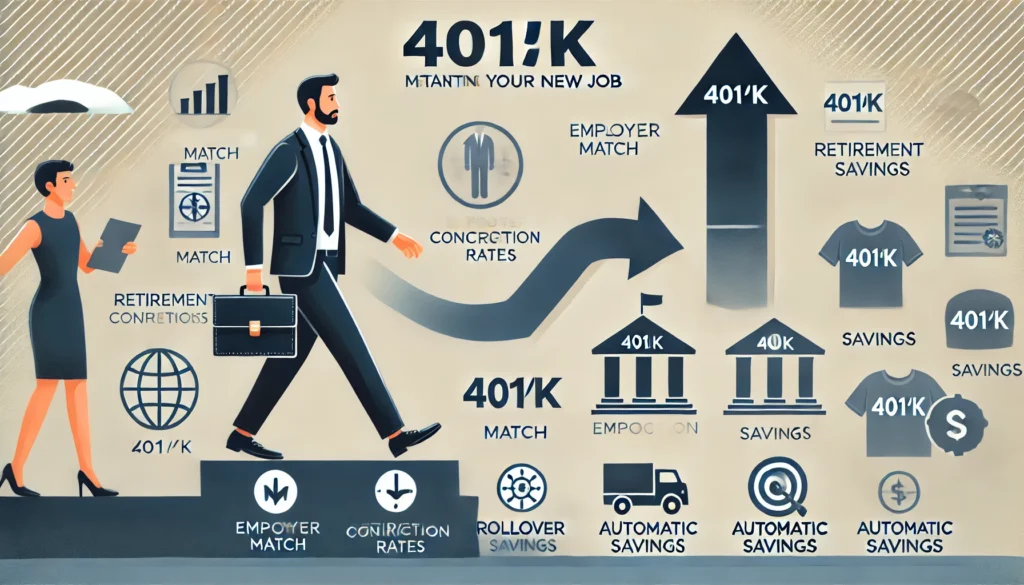Starting a new job is exciting—a new paycheck, new people, and new opportunities. But in the whirlwind of change, it’s easy to forget something crucial: our retirement savings.
According to a Vanguard study, many job switchers lower their retirement savings, often without even realizing it. Over time, this oversight can cost them up to $300,000 in lost retirement savings. This happens because most new employers often auto-enroll you at a much lower contribution rate, around 3%. If you don’t adjust that, the gaps in savings add up.

The Hidden Costs of Switching Jobs
While you’re focused on better pay or work-life balance, switching jobs can create a “saw-toothed” pattern in your retirement contributions—when your savings rate drops every time you move to a new company. That’s because you’re either enrolled at a lower rate or forget to sign up for your new employer’s plan entirely. Even a small drop in your savings rate can make a huge difference down the line.
For instance, let’s say you’re contributing 10% of your salary to your 401(k) at your current job. You switch jobs, and the new company auto-enrolls you at just 3%. It might not seem like a big deal right now, but if you don’t adjust it, this could cost you thousands in lost savings—money that you’ll wish you had when retirement rolls around.
How to Stay on Track
Here’s what you can do when you start a new job to keep your retirement savings on the right path:
- Check your new 401(k) contribution rate. Many employers auto-enroll you at around 3%. If you were saving more at your previous job, adjust your contribution rate as soon as possible. Financial experts recommend saving at least 10-15% of your salary for retirement, including any employer match.
- Roll over your old 401(k). If you have an old 401(k), consider rolling it over into your new plan or into an Individual Retirement Account (IRA). This way, your money continues to grow, and you avoid the temptation to cash it out early—which often comes with penalties and taxes.
- Maximize employer matching. Take full advantage of any match your new employer offers. It’s essentially “free money” that can boost your retirement savings. If your new employer matches up to 5% of your salary, make sure you’re contributing at least that much.
- Increase contributions over time. Many employers offer an automatic increase feature that boosts your contributions by 1% each year. This is a great way to painlessly save more without feeling the pinch in your paycheck.
- Don’t forget about your beneficiaries. While you’re updating your 401(k), take a moment to review and update your beneficiary information. Life changes, and making sure your account is properly set up can prevent future complications.
Final Thoughts: Don’t Let a Job Change Derail Your Retirement
Changing jobs is exciting, but don’t overlook your retirement plan. The key takeaway from the Vanguard study is that small changes—like adjusting your 401(k) contribution—can have a big impact on your future. It might seem like a minor detail now, but staying proactive can help you avoid losing out on potentially hundreds of thousands of dollars. So, the next time you find yourself in a new role, take a few minutes to review your retirement contributions. Your future self will thank you!
Disclaimer: this is not legal, tax, accounting, investment nor other professional advice. Consult an advisor and do your own research for your individual situation.



0 Comments